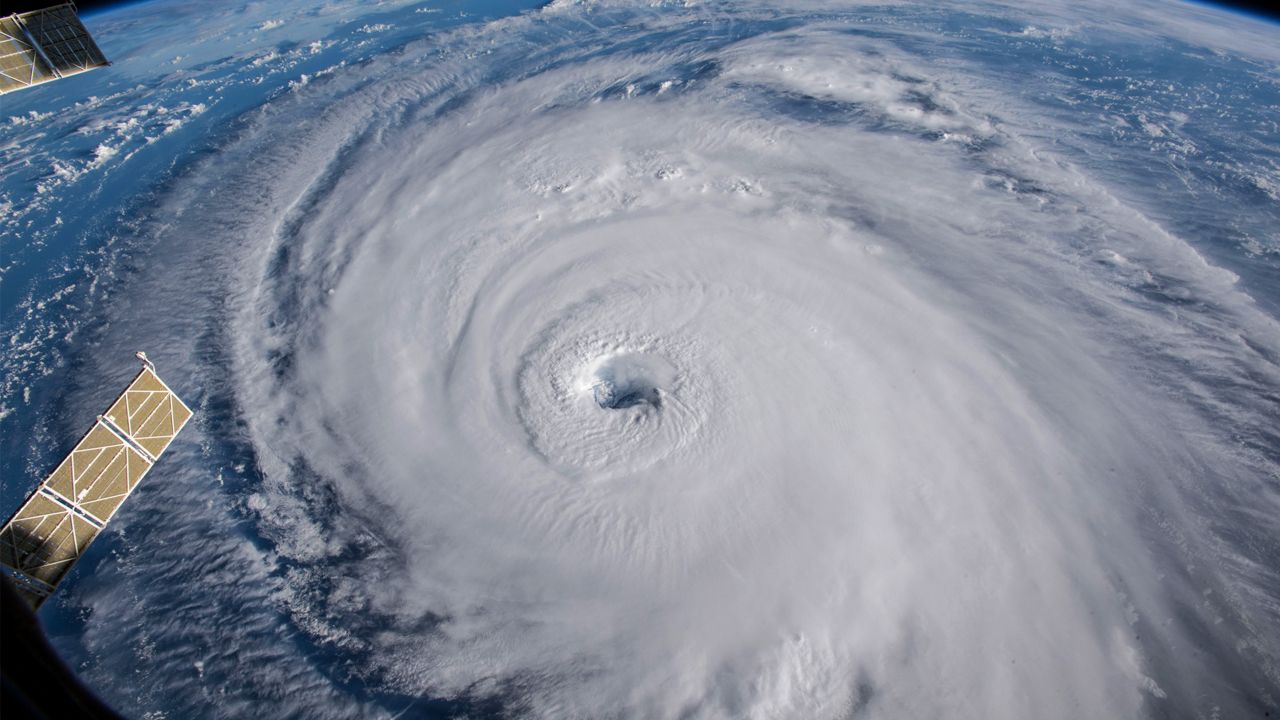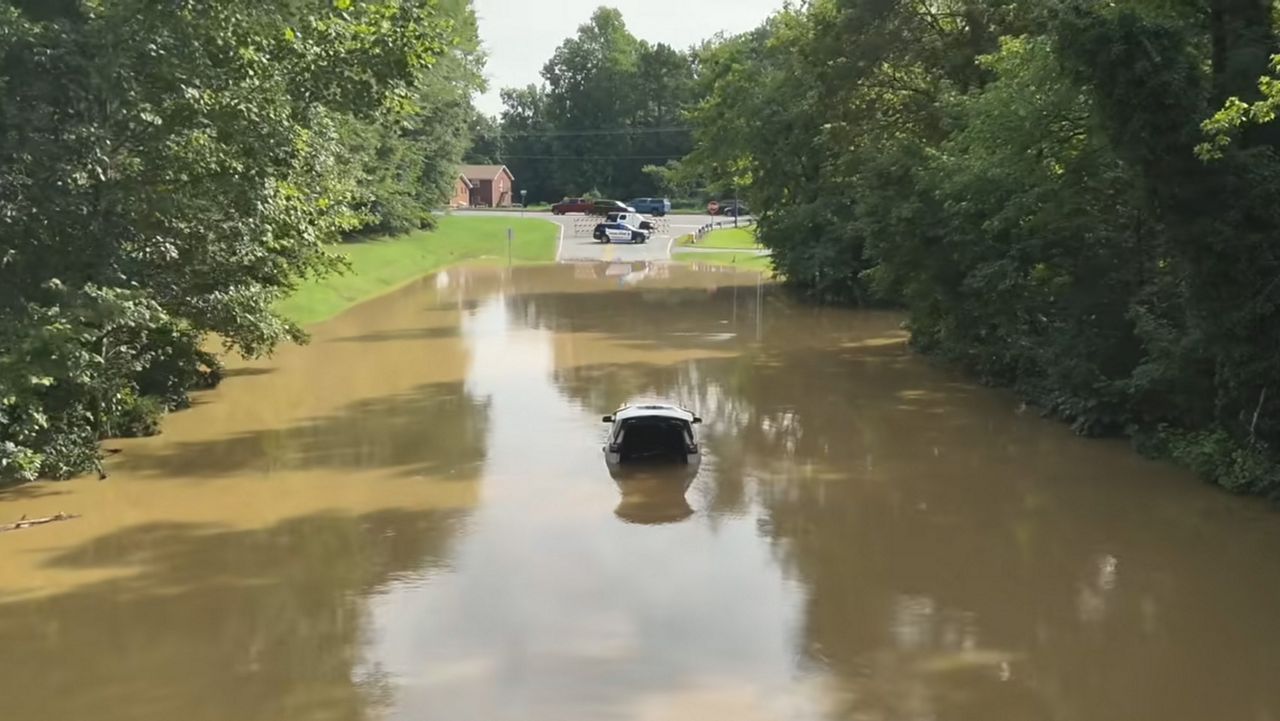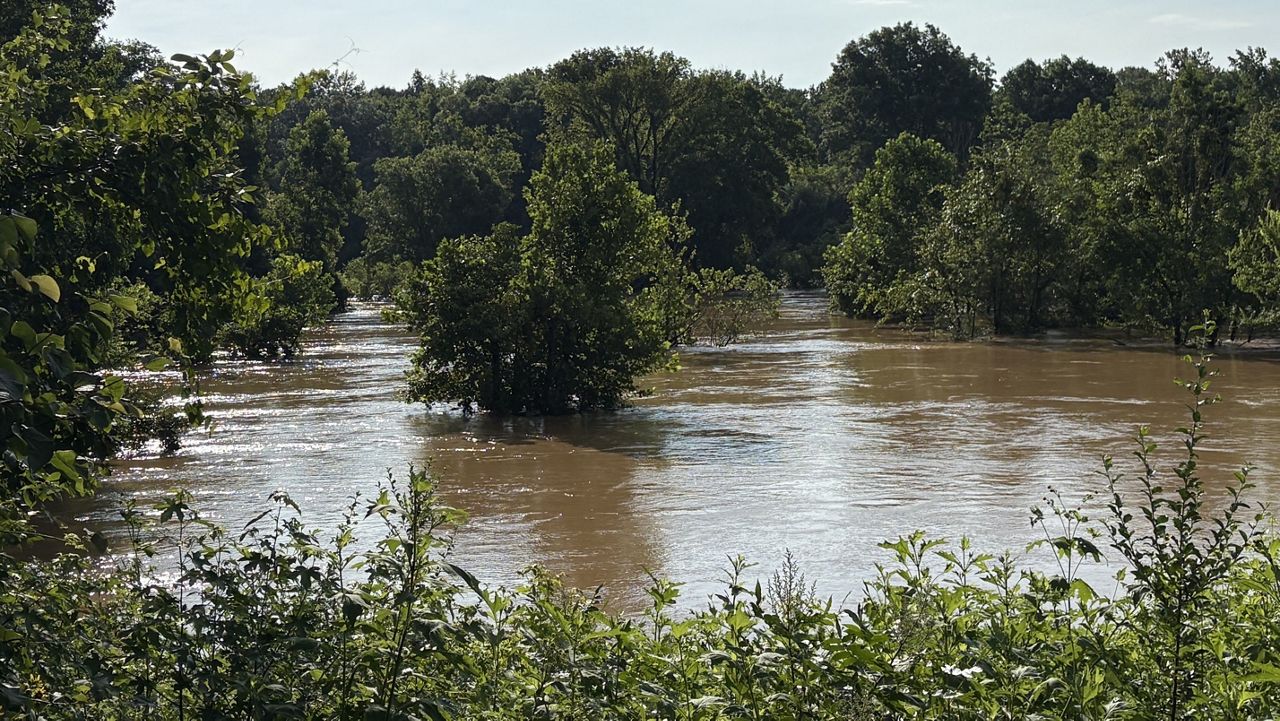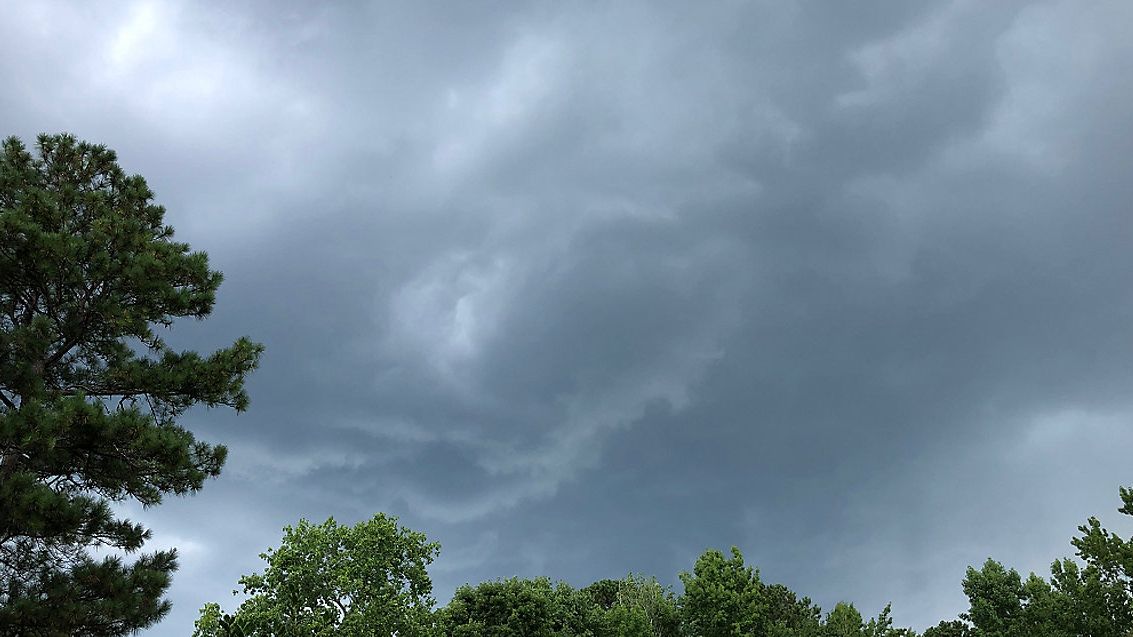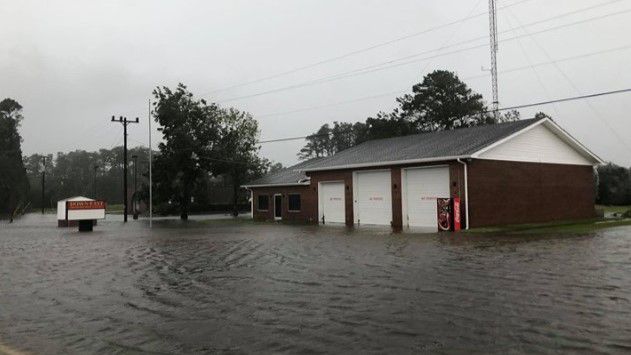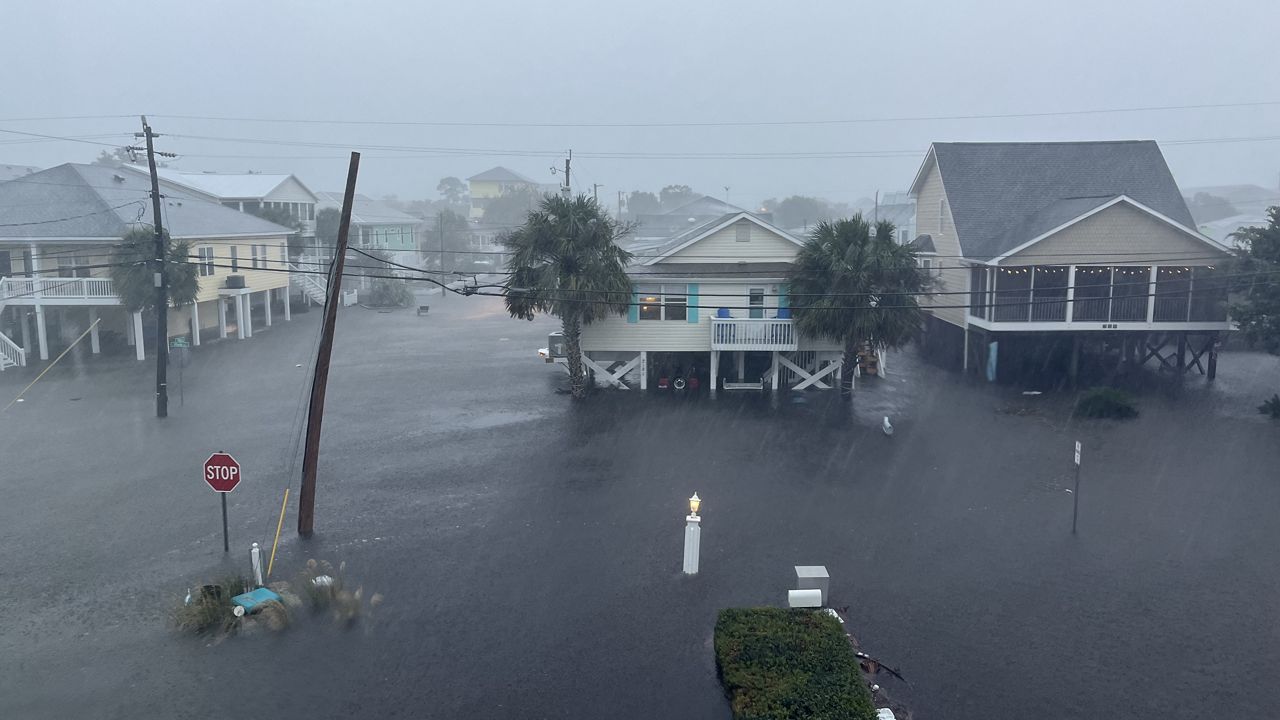Many of us who have lived in North Carolina for a while cringe when we hear that a tropical system with a name that starts with the letter "F" has formed. Some of the most destructive hurricanes that have hit the state in recent history have started with that letter.
A couple of those devastating storms came in the mid to late 90s.
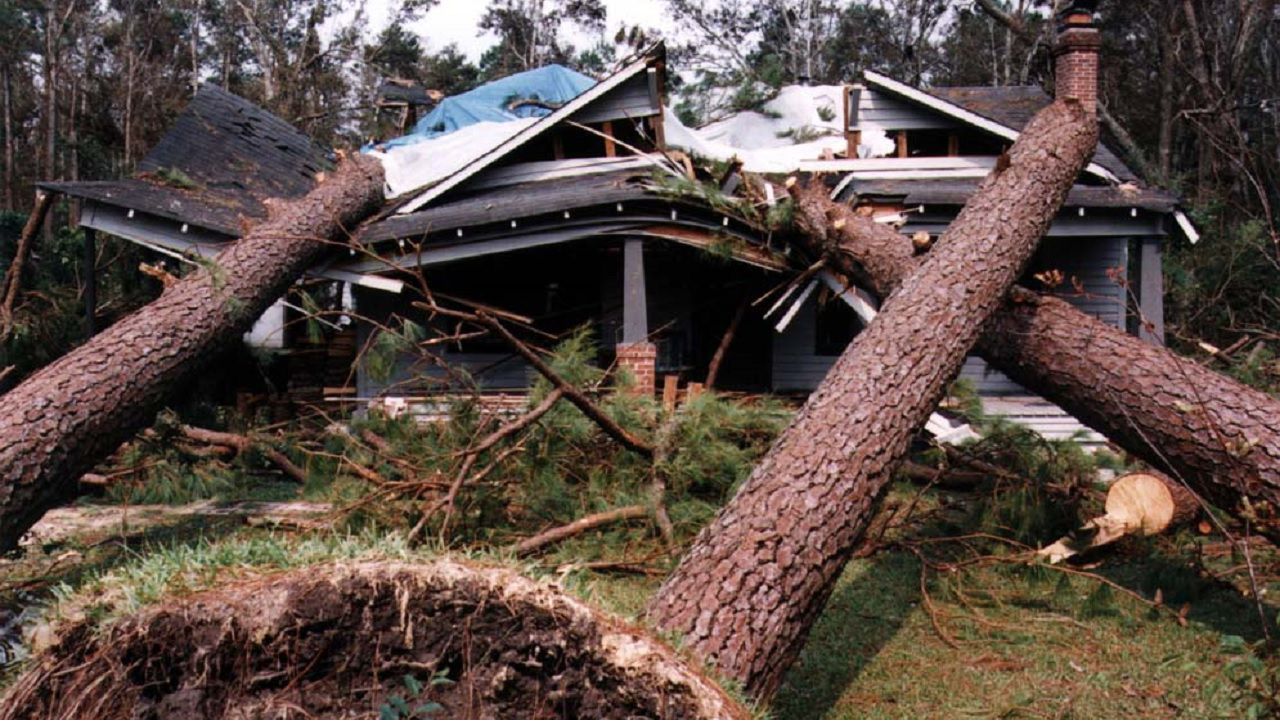
Hurricane Fran was the last Category 3, or major hurricane, to make landfall in North Carolina. It came inland on the evening of Sept. 5, 1996 near the mouth of the Cape Fear River.
Fran left a path of destruction from the coast through the central part of the state. The National Weather Service reported that around 75% of homes in Wilmington suffered some type of damage.
Many beachfront homes and several piers were destroyed by the strong winds and storm surge.
Hurricane-force wind gusts from Fran made it as far inland as the Triangle. Numerous trees were downed across Raleigh, causing power outages that lasted for up to a week.
In Raleigh and other Wake County areas alone, the storm caused an estimated $900 million in damage.
The powerful hurricane killed 37 people in total, with 24 of those deaths in North Carolina. Fran also caused flooding in Virginia, West Virginia and Maryland.
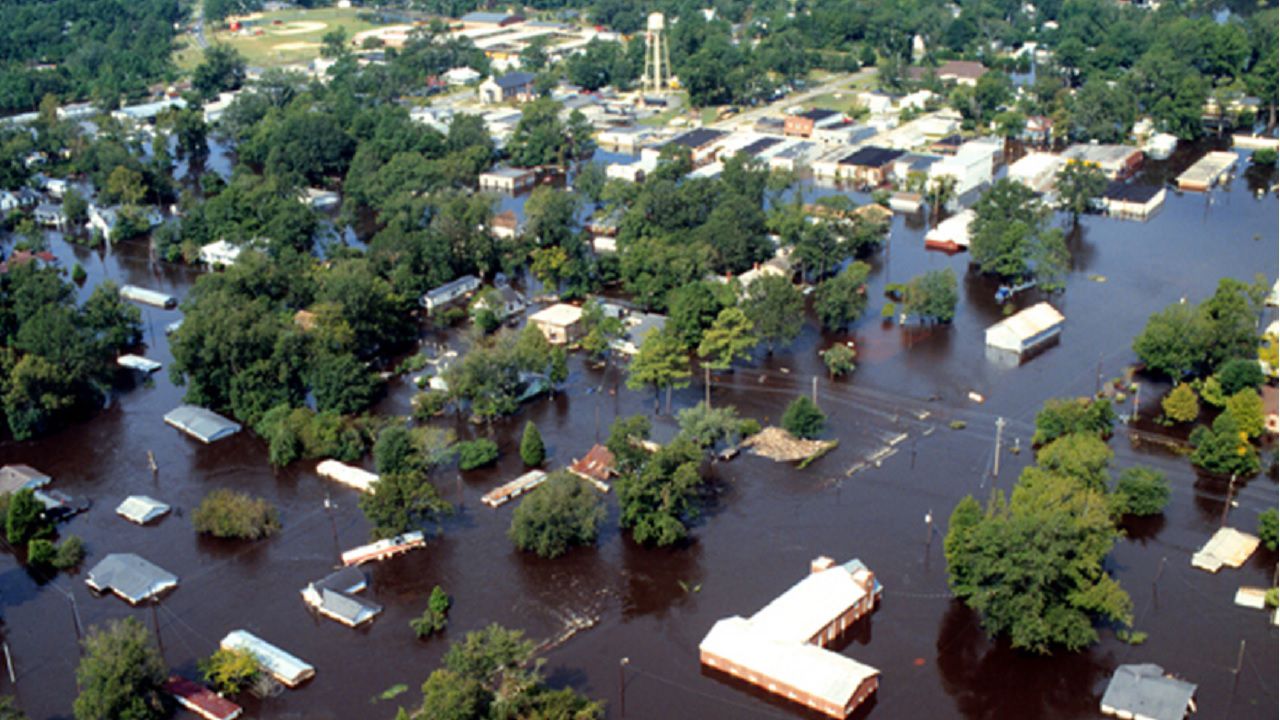
Three years after Fran, Hurricane Floyd made landfall at nearly the same location along North Carolina's coast. It was a Category 2 storm when it came inland on Sept. 16, 1999.
While Floyd's winds were not as strong as Fran, its heavy rain caused more deaths and destruction than Fran.
Hurricane Floyd caused an estimated $6 billion in damage and killed 57 people in the U.S. Thirty-five of those deaths were in North Carolina.
Floyd dumped around 15 to 20 inches of rain over eastern North Carolina about a week after Tropical Storm Dennis had produced heavy rain in some of the same areas. That resulted in flooding along every stream and river in the eastern half of the state.
More recently, Hurricane Florence caused flooding that was even more catastrophic than Floyd in some parts of southeastern North Carolina. Florence was a Category 1 storm based on wind speed when it made landfall near Wrightsville Beach on Sept. 14, 2018.
The storm then slowed drastically, stalling over part of the state. Rainfall amounts up to almost 3 feet were measured in southeastern North Carolina, creating historical flooding.
Forty-two deaths have been attributed to Florence in North Carolina alone, with $16.7 billion in damage in the state.
This year's "F" storm — Hurricane Francine — will have minimal impacts on North Carolina. It is forecast to make landfall by late Wednesday in Louisiana bringing dangerous storm surge, flooding rain and destructive wind to the Gulf Coast.
As it weakens and tracks to the north through the end of the week, some tropical moisture will get pulled into the southeastern U.S. That will bring the chance for showers to just parts of North Carolina around Friday and Saturday.
For the latest on the tropics through the hurricane season, stay tuned to Weather on the 1s on Spectrum News 1. You can catch our tropical update at :21 after each hour.
Our team of meteorologists dives deep into the science of weather and breaks down timely weather data and information. To view more weather and climate stories, check out our weather blogs section.




